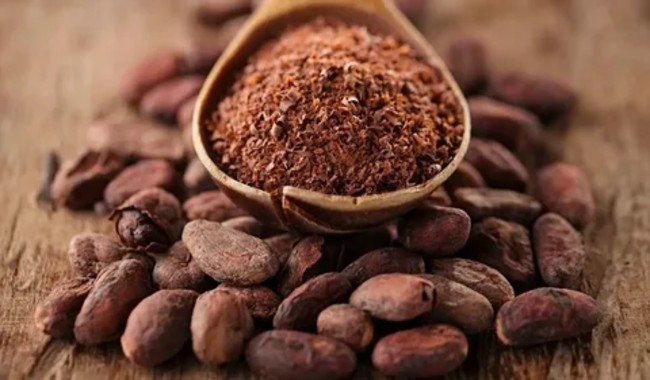Cocoa Market Outlook: Analyzing Global Supply, Demand, and Price Trends for Future Growth

The cocoa market outlook remains a critical area of focus for producers, traders, and chocolate manufacturers worldwide. Cocoa, a key raw material for chocolate and confectionery products, is heavily influenced by factors such as climate conditions, geopolitical events, supply chain dynamics, and shifting consumer preferences. Over the years, the industry has witnessed fluctuations in production due to weather changes and evolving market demands. While Africa continues to dominate global cocoa production, emerging markets and sustainability concerns are reshaping the sector. As businesses and investors navigate the complexities of the cocoa industry, understanding the current trends and future prospects is essential for maintaining growth and stability.
Global Supply and Production Trends
Cocoa production is largely concentrated in West Africa, with Côte d’Ivoire and Ghana accounting for over 60% of the global supply. These regions face recurring challenges, including erratic weather patterns, aging plantations, and regulatory changes that impact yield and quality. The impact of El Niño and other climatic fluctuations has led to inconsistent harvests, affecting global supply and pushing prices higher. Additionally, initiatives to improve sustainability, such as fair trade certifications and government-led reforms, are influencing how cocoa is grown and distributed. Efforts to diversify production in Latin America and Asia are ongoing, but Africa remains the dominant player in the sector.
Market Demand and Consumer Preferences
The demand for cocoa continues to rise, driven by increasing chocolate consumption in both traditional and emerging markets. Europe and North America remain major consumers, but Asia, particularly China and India, is experiencing rapid growth in chocolate consumption. The rising demand for premium and organic chocolates is further influencing cocoa sourcing strategies. Consumers are becoming more conscious of sustainability and ethical sourcing, prompting manufacturers to adopt transparent supply chain practices. The demand for cocoa butter in the cosmetics and pharmaceutical industries is also contributing to market expansion.
Price Volatility and Economic Factors
Cocoa prices are highly volatile due to their sensitivity to supply shocks, currency fluctuations, and geopolitical instability. Farmers and producers are often affected by price swings, making it challenging to predict long-term profitability. The introduction of the Living Income Differential (LID) by Ghana and Côte d’Ivoire to ensure fair wages for farmers has added complexity to pricing structures. Additionally, inflationary pressures, global trade policies, and logistics disruptions have contributed to cost fluctuations across the supply chain. Investment in technology and improved farming techniques is seen as a potential solution to stabilize production and reduce price uncertainty.
Sustainability and Ethical Sourcing Initiatives
Sustainability is a growing concern within the cocoa market, as deforestation, child labor, and unfair wages have raised ethical questions about production practices. Major chocolate brands and industry stakeholders are implementing stricter sustainability policies to ensure ethical sourcing and environmental conservation. Programs such as Rainforest Alliance certification and traceability initiatives are gaining traction, as consumers increasingly demand responsibly sourced products. Governments and NGOs are working with farmers to improve agricultural practices, ensuring long-term viability for cocoa cultivation while minimizing environmental degradation.
Future Market Outlook and Growth Prospects
The future of the cocoa market depends on a balance between supply sustainability, demand growth, and price stability. Investments in climate-resilient farming techniques, genetic crop improvements, and digital supply chain innovations will be crucial in addressing market challenges. The shift toward healthier and premium chocolate products presents new opportunities for manufacturers to cater to evolving consumer preferences. While the market remains susceptible to geopolitical risks and climate change, strategic industry collaborations and policy interventions will play a key role in shaping its long-term trajectory.
Conclusion
The cocoa market outlook indicates a dynamic industry shaped by fluctuating supply, evolving consumer preferences, and increasing sustainability concerns. As demand for chocolate and cocoa-based products rises, stakeholders must address economic, environmental, and ethical challenges to ensure a resilient and thriving sector. By embracing innovation and responsible sourcing, the cocoa industry can navigate uncertainties and achieve sustainable growth in the years ahead.
- Industry
- Art
- Causes
- Crafts
- Dance
- Drinks
- Film
- Fitness
- Food
- Giochi
- Gardening
- Health
- Home
- Literature
- Music
- Networking
- Altre informazioni
- Party
- Religion
- Shopping
- Sports
- Theater
- Wellness
- News


